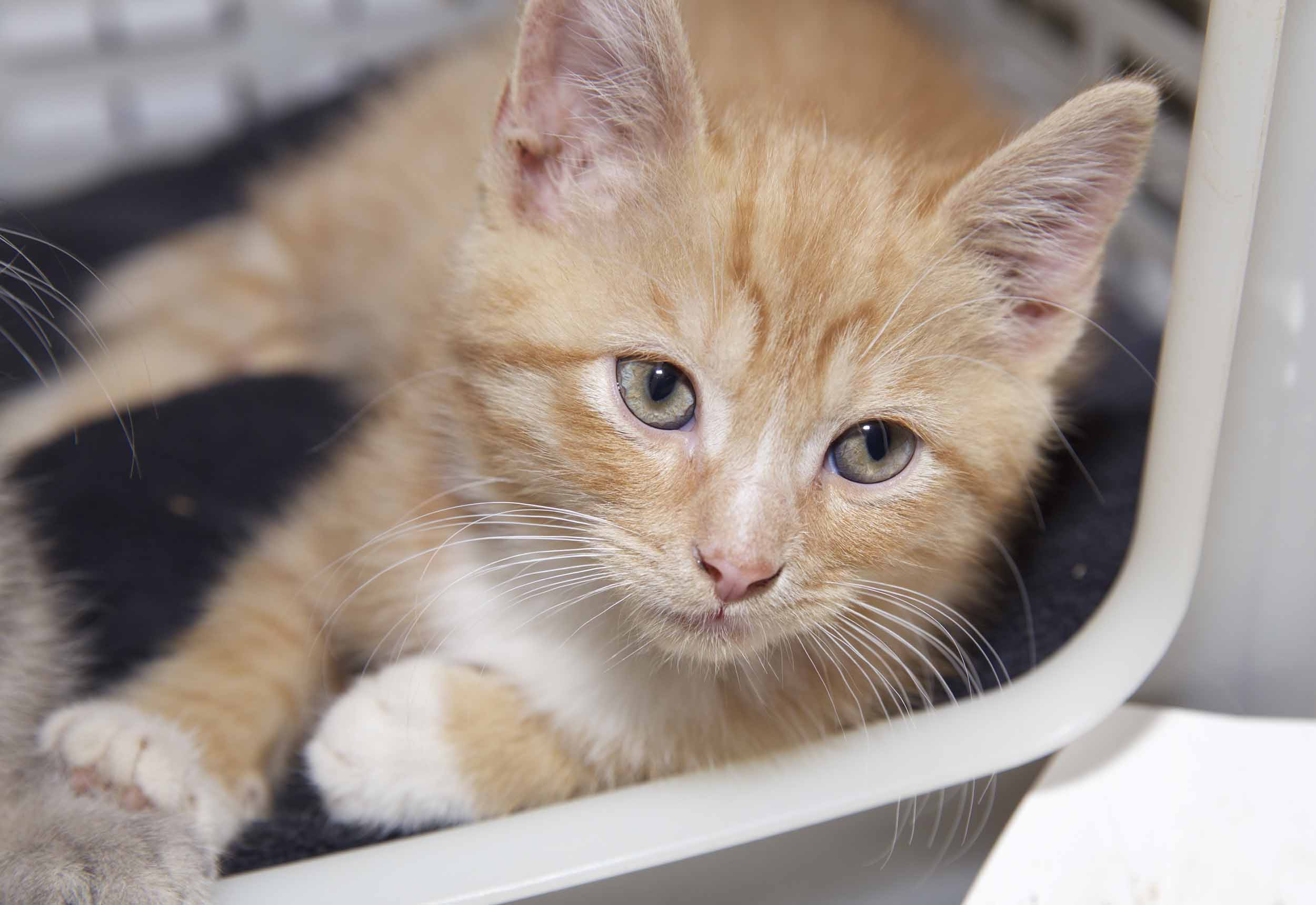For the second summer in a row, Charleston Animal Society’s initiative, No Kill South Carolina 2024, along with the South Carolina Animal Care and Control Association (SCACCA) and the South Carolina Animal Welfare Coalition (SCALC) declared a “state of emergency” across South Carolina. Charleston Animal Society President and CEO Joe Elmore explains how shelters reached this critical level.
CAROLINA TAILS: What prompted the statewide emergency?
JOE ELMORE: There are a multitude of factors, similar to a “perfect storm multiplied” that is causing the slow movement of animals, especially dogs over 12 months, into homes throughout South Carolina and most of the country. The convergence of traditional factors and new ones has created an unprecedented challenge for South Carolina animal shelters.
- Lack of Strong Spay/Neuter Public Policy: Unlike several states that have managed down the overpopulation of companion animals, South Carolina does not have public policy that incentivizes and/or mandates sterilization.
- Out of Balance Pit Bull Type Dog Population: Similar to wildlife overpopulation issues, Pit Bull Type Dogs (PBTDs) are disproportionately present in animal shelters and communities. This is simply a supply-and-demand issue; there are far too many PBTDs that there is demand.
- Economy: during recessions or when the economy is struggling, such as historic inflation rates, families refrain taking on more expense, whether it is retail purchases or adoptions.
- Under-Resourced Shelters: South Carolina animal shelters have long been under-resourced, especially with the explosion of human population growth in our state. Companion animals increase with human population. Many SC animal shelters were built long ago for a paradigm and environment that has dramatically changed.
- Veterinary Shortage: the national veterinary shortage has caused delays in sterilizing shelter animals within 30 days of adoption, which is required by law.
- End of Summer: traditionally, the end of summer creates a lag in community participation, such as blood drives, adoptions, etc., perhaps due to travel, vacations, and other distractions from local community needs.
- Lingering Covid Pandemic: Reduced spay/neuter efforts to ease the strain on medical supplies for the human healthcare system during Covid has possibly led to more stray animals.
CT: Are we seeing more homeless animals than ever before, or are Animal Control Officers doing a better job, are citizens more aware of strays? What is prompting this unprecedented tide of animals?
JE: We are not seeing more animals than ever before; however, there is an expected increase back to pre-pandemic levels. The challenge is moving the animals into homes.
CT: In other articles, you’ve mentioned that during the height of COVID, shelters like Charleston Animal Society cut back on spay-neuters to save medical supplies for human hospitals. Is this having an impact now on what we are seeing with overcrowding in shelters?
JE: In a study published last month, it suggested that the pandemic may have caused a deficit of more than 2.7 million spay/neuter surgeries nationwide that animal welfare organizations have yet to address.
CT: Is this the “new normal” for animal shelters in South Carolina?
JE: I suspect it will be, especially with the national veterinary shortage, for years to come until we can truly launch major spay/neuter initiatives statewide to address the highest at-risk animals such as Pit Bull Type Dogs and free roaming cats.
CT: Are other parts of the country also struggling with overpopulation like we are in South Carolina?
JE: Yes, we are seeing overcrowded shelters across the entire country.
CT: What can someone reading this article do to help?
JE: First, make room for one more, especially a Pit Bull Type Dog or large dog in a shelter. Second, reach out to local legislators to insist on providing full funding for animal shelters. Third, support upcoming statewide legislation to incentivize spay/neuter of Pit Bull Type Dogs. Fourth, advocate strong regulations for all animal shelters, both government and nonprofit, and rescue groups.
CT: Can anything be done differently to keep animals out of the shelter and in homes?
JE: Registration/licensing with a high compliance rate and spay/neuter incentive has proven to be one of the most effective ways to keep animals out of shelters and to reduce the overpopulation of animals.





